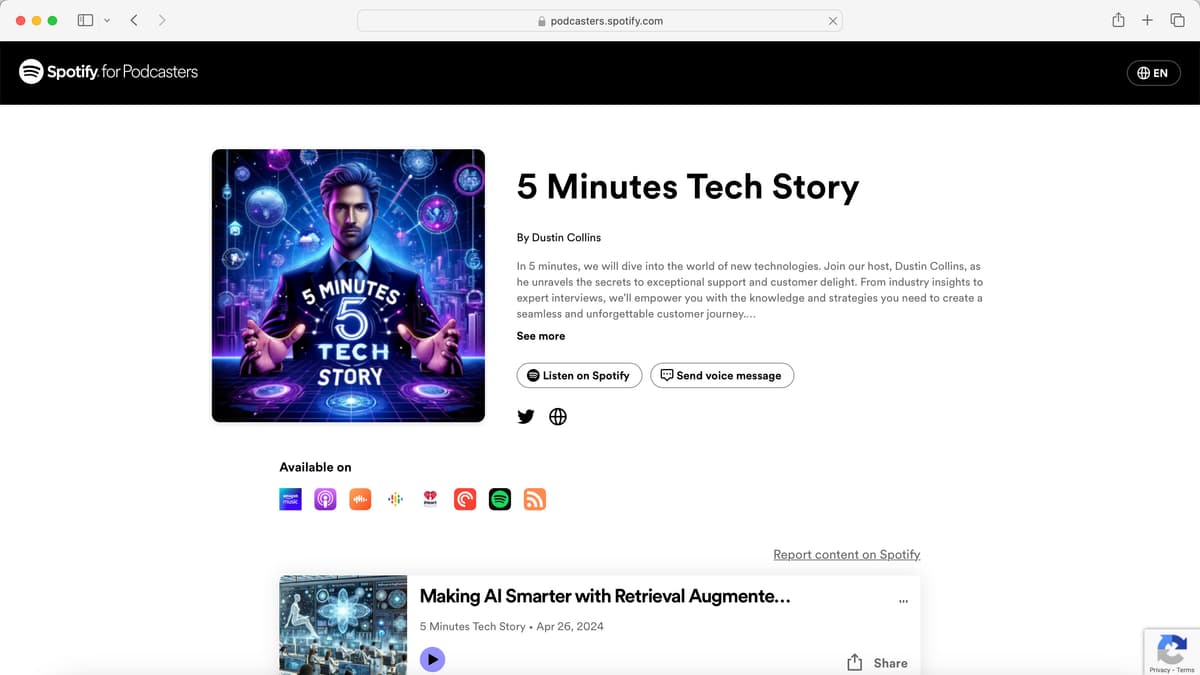Unlocking the World of Code-Switching
Code-switching is a dynamic aspect of human communication. It involves changing one's language, dialect, or speech patterns to fit different social situations.
Imagine a lively marketplace where vendors effortlessly switch languages to attract diverse customers. This illustrates code-switching, as it includes not just different languages but also changes in tone and body language.
Code-Switching: A Linguistic Chameleon
What is code-switching? It is a flexible communication tool used by bilingual and multilingual individuals. They alternate between languages or dialects within the same conversation. This ability allows them to tailor their language to the situation, much like choosing suitable attire for an event.
Why do people engage in code-switching? Many reasons drive this practice. It could be due to the absence of direct translations or the desire to connect with a specific group. It may also reflect cultural identity and solidarity, helping individuals express themselves accurately based on their audience.
Social Navigation and Cultural Connections
Consider a family gathering with multiple generations. The conversation may shift from formal language with elders to a more casual tone among peers, and simplify for the youngest members. This illustrates social code-switching.
Moreover, code-switching reinforces cultural bonds. Sharing a unique language or dialect fosters unity, akin to a secret handshake that signals belonging.
The Workplace Ballet
In professional settings, code-switching is common. Conversations may shift from casual among co-workers to formal when speaking with superiors. Customer service agents may adapt their language to balance professionalism and empathy. Companies benefit from employees' ability to code-switch to maintain their image and connect effectively.
For example, employees at Microsoft engage with a diverse customer base, requiring them to adjust their technical language to ensure clarity while preserving the company’s reputation for friendliness.
The Educational Twists
In the classroom, teachers adapt their language to ensure comprehension. They may simplify complex topics and switch from formal academic language to a conversational style to engage students better.
Code-Switching: A Brainy Affair
The cognitive aspect of code-switching highlights its complexity. It requires quick thinking and understanding of language nuances. People who code-switch develop mental agility and creativity, akin to rigorous cognitive exercise, promoting brain health and language skills.
Digital Code-Switching: A 21st Century Spin
The internet has created a new venue for code-switching. Users adopt emojis, internet slang, and multiple languages to fit into various digital communities. Whether in online forums or gaming, individuals adjust their language style to comply with each environment's expectations.
The Not-So-Sunny Side
Despite its advantages, code-switching may also have drawbacks. Some individuals feel pressure to conform or suppress parts of their identity. This can lead to feelings of inauthenticity or exhaustion, akin to being a performer constantly on stage.
Embracing Linguistic Diversity
Code-switching showcases the linguistic versatility of diverse societies. It promotes inclusivity and appreciates the richness of communication. More than just a linguistic tool, code-switching serves as a cultural skill and a bridge to foster understanding among people.
Recognizing code-switching helps us appreciate the subtleties of human interaction. Each instance of shifting speech is a moment of connection that enhances our global community.












